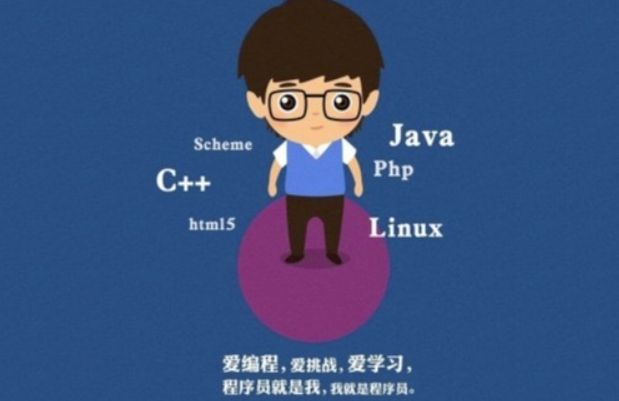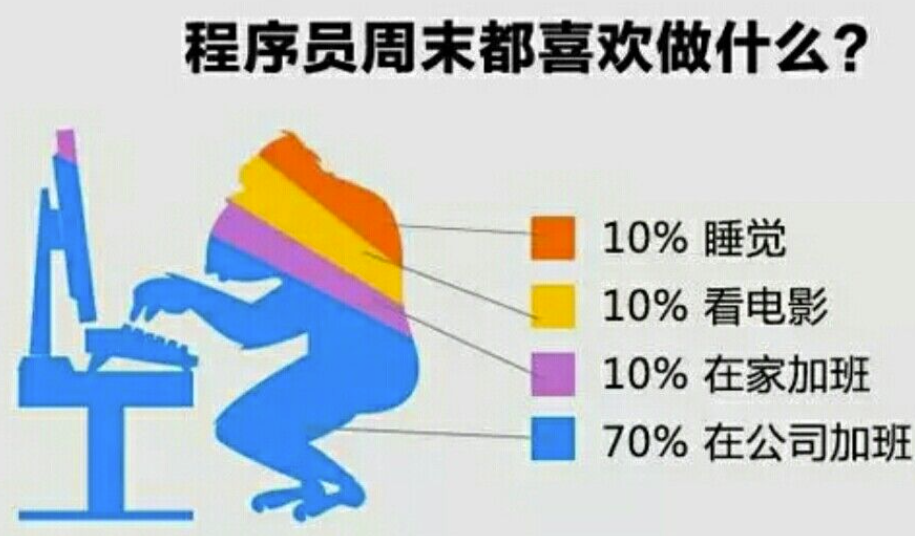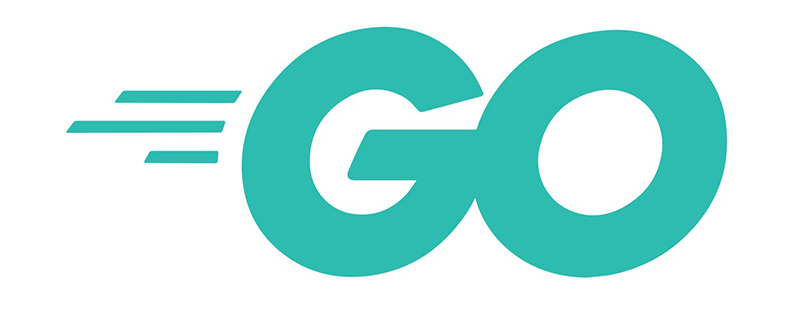To determine the best project using expected value, we need to consider the expected payoff for each project under different interest rate scenarios.
Let’s assume there are two projects: Project A and Project B. The payoffs for each project under different interest rate scenarios are as follows:
Project A:
- If interest rates decline: $10,000
- If interest rates remain stable: $5,000
- If interest rates increase: -$2,000
Project B:
- If interest rates decline: $6,000
- If interest rates remain stable: $4,000
- If interest rates increase: $1,000
To calculate the expected value for each project, we multiply the payoff of each scenario by its corresponding probability and sum them up:
Expected Value of Project A = (0.50 * \(10,000) + (0.40 * \)5,000) + (0.10 * -$2,000)
= $5,000 + $2,000 - $200
= $6,800
Expected Value of Project B = (0.50 * \(6,000) + (0.40 * \)4,000) + (0.10 * $1,000)
= $3,000 + $1,600 + $100
= $4,700
Therefore, based on expected value analysis, Project A has a higher expected value (\(6,800) compared to Project B (\)4,700). Thus Project A is the best choice.
Now let’s calculate the Expected Value of Perfect Information (EVPI). EVPI represents the maximum amount that someone would be willing to pay for perfect information about which direction interest rates will take.
EVPI = [Max(Expected Value with Perfect Information) - Max(Expected Value without Perfect Information)]
To calculate this:
Max(Expected Value with Perfect Information): Under perfect information assumption,
- If interest rates decline: $10,000
- If interest rates remain stable: $5,000
- If interest rates increase: $2,000
Expected Value with Perfect Information = (0.50 * \(10,000) + (0.40 * \)5,000) + (0.10 * $2,000)
= $5,000 + $2,000 + $200
= $7,200
Max(Expected Value without Perfect Information): Based on our previous calculation, Max(Expected Value without Perfect Information) = Max(Expected Value of Project A) = $6,800
EVPI = [\(7,200 - \)6,800]
= $400
Therefore, the Expected Value of Perfect Information (EVPI) in this case is $400.
This means that someone would be willing to pay up to $400 for perfect information about future interest rate movements in order to make a more informed decision regarding project selection.
内容由零声教学AI助手提供,问题来源于学员提问




















